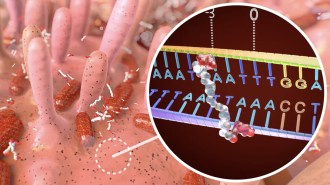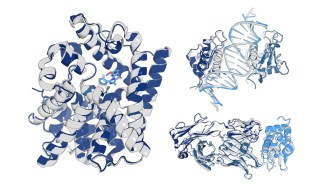Idea for new battery material isn’t nuts
Recycled packing peanuts turn into carbon microsheets that can boost battery power

PEANUT POWER Squishy packing peanuts can transform into cheap, efficient battery parts.
Gabriel Herrera/Flickr (CC BY-SA 2.0)






